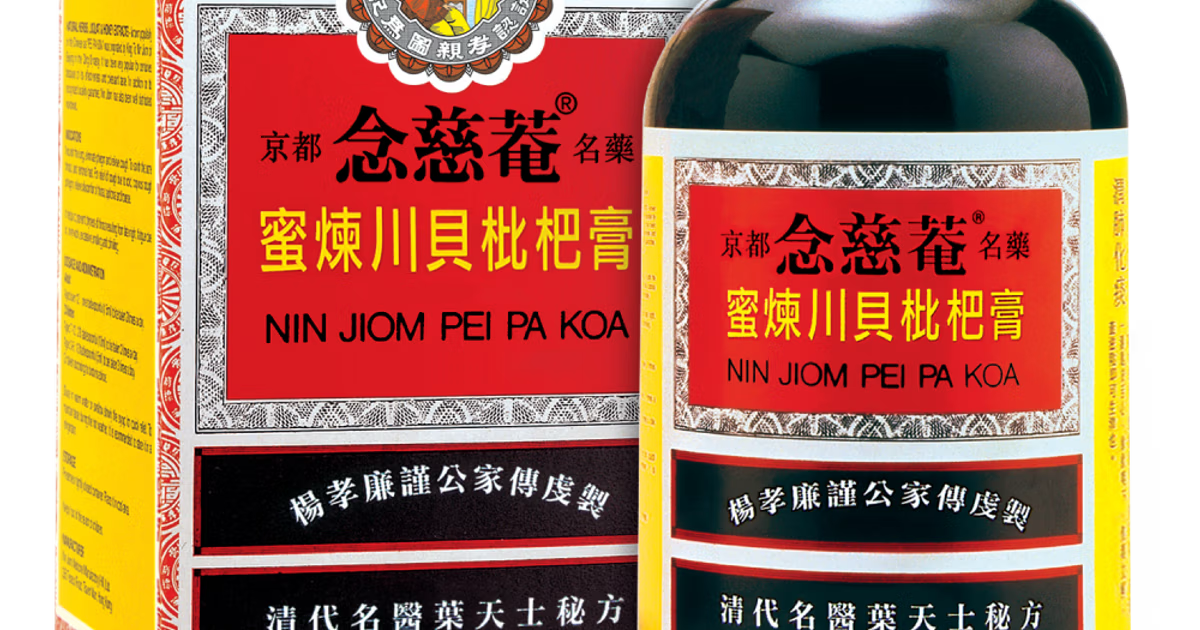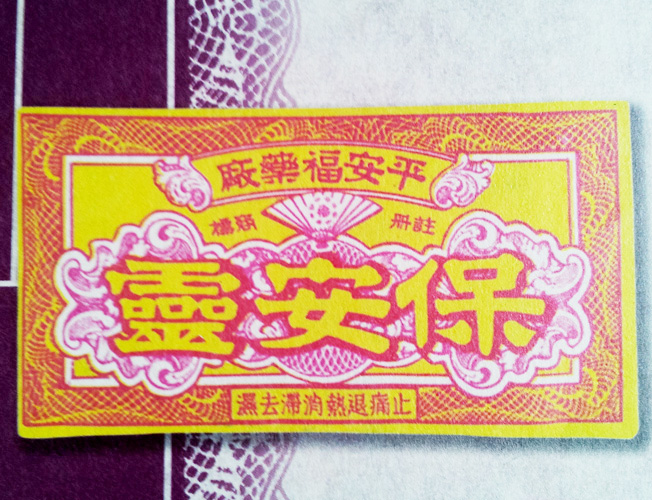Even if you don’t recognize the name, you’d probably know the smell. The distinctly herbal waft of camphor, menthol, and essential oils (cajuput, mint, clove, and cassia, to be precise) is ample proof of the product’s natural ingredients. A logo of a leaping tiger guards the tiny hexagonal jar and the healing red paste inside.
Tiger Balm is used by people everywhere to treat everything. Muscle aches and pains? No problem. Stiff joints, headaches, or flu symptoms? Throw some Tiger Balm on it. The warm, creeping tingle is tough for competitors to beat — friends of mine recount using it for everything from soccer games to mosquito bites, and my dad kept a jar in his bathroom drawer to treat assorted family pains.
I never understood how a straightforward blend of herbs could have such universal healing powers. The sheer breadth of ailments Tiger Balm claims to alleviate is mind-boggling. Dr. Evan Pinto, a US-born, Shanghai-based practitioner of integrated and traditional Chinese medicine (TCM), offered to shed some light on the theory behind the balm:
“The basic principle for why Tiger Balm works is the theory of keeping your qi in balance. We have a saying in Chinese medicine, ‘where there is no qi movement, there is pain. Where there is no pain, there is qi movement.’ So any time your muscles hurt, or you have a headache, it’s because the qi isn’t moving the way it should. The ingredients in Tiger Balm – the hot and spicy, effervescent, dispersing fumes of the herbs – help move the qi and get the blood to flow better. And when you have more blood flow, you have more healing going on.”
The explanation checks out – warm, tingling feelings of circulation are Tiger Balm’s signature traits. It’s enough to burn and soothe aching muscles, or get blood flowing to the brain in time to stop a headache. It can loosen up the stagnant congestion of blocked sinuses, or just interfere with the “itchy” signals your nervous system gets from mosquito bites.
But it might surprise you that the balm isn’t so widespread in mainland China. As Christopher DeWolf notes in his recent look at Tiger Balm’s history as a brand, the ointment has always held an offshore identity.
In the 19th century Aw Chu Kin set sail from his family home, and his father’s TCM practice in Fujian, to seek fortune in colonial Rangoon. He brought his father’s style of medicine to hard laborers and dock workers he met, and the reception was good. After his death, his sons carried on the family legacy in Singapore by concentrating his medical notes into Tiger Balm — the cure-all ointment that works everywhere.
Related:
 Meet the New York Acupuncturist in ShanghaiArticle Jan 12, 2018
Meet the New York Acupuncturist in ShanghaiArticle Jan 12, 2018
In China though, local competitors dominate the market. Products like qing liang you (“cooling refreshing balm”) and yunnan bai yao (Yunnan White Medicine) hold the throne in the birthplace of TCM, at least partially due to trade restrictions on foreign products.
“Tiger Balm is a trademarked product originating from Singapore and Hong Kong — it doesn’t really have a foothold in mainland China. In mainland China they have similar products, like qing liang you. Tiger Balm is popular in the diaspora of Chinese people, but not really in mainland China.”
So does Tiger Balm’s claim of being “the world’s leading analgesic remedy that works where it hurts” hold up? It looks like it does. Branding adjustments have allowed Tiger Balm to regain footing with a consumer base that was fading not too long ago. Haw Par Corporation has expanded the Tiger Balm brand to include bandages, oils, and aerosols. The company also deals in leisure, property, and investment, but its recent up-trend in revenue was attributed largely to Tiger Balm’s popularity surge.
“I recommend using Tiger Balm, or qing liang you, or Vick’s VapoRub, Bengay or IcyHot…every country has their own version of it. Whatever the product name is in that country, I just figure it out and that’s what I tell the patient. I tell them to use it all the time. All. The. Time.”
So grab a jar and lather it on, kids. Wherever you want. Tiger Balm is here to stay.

















